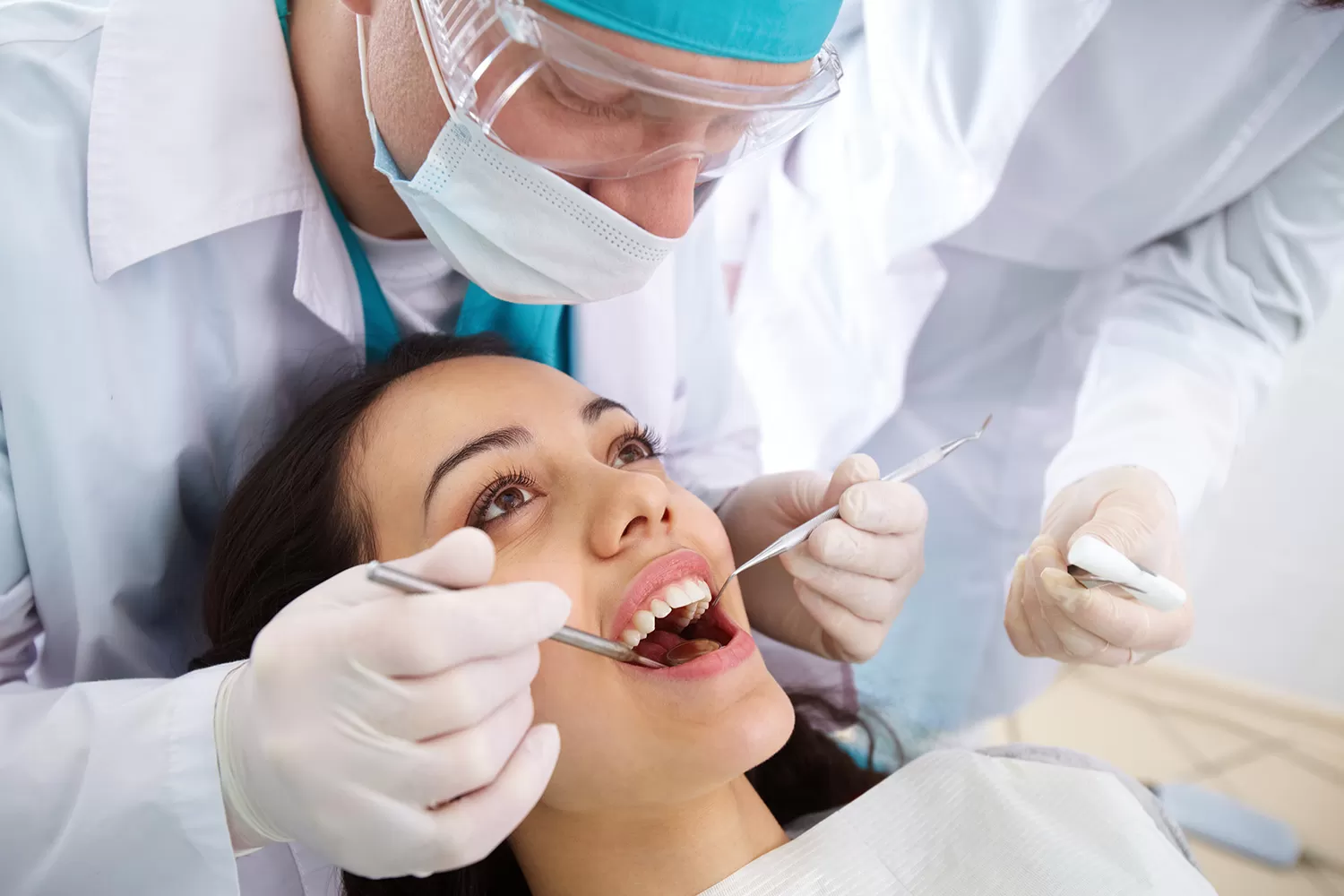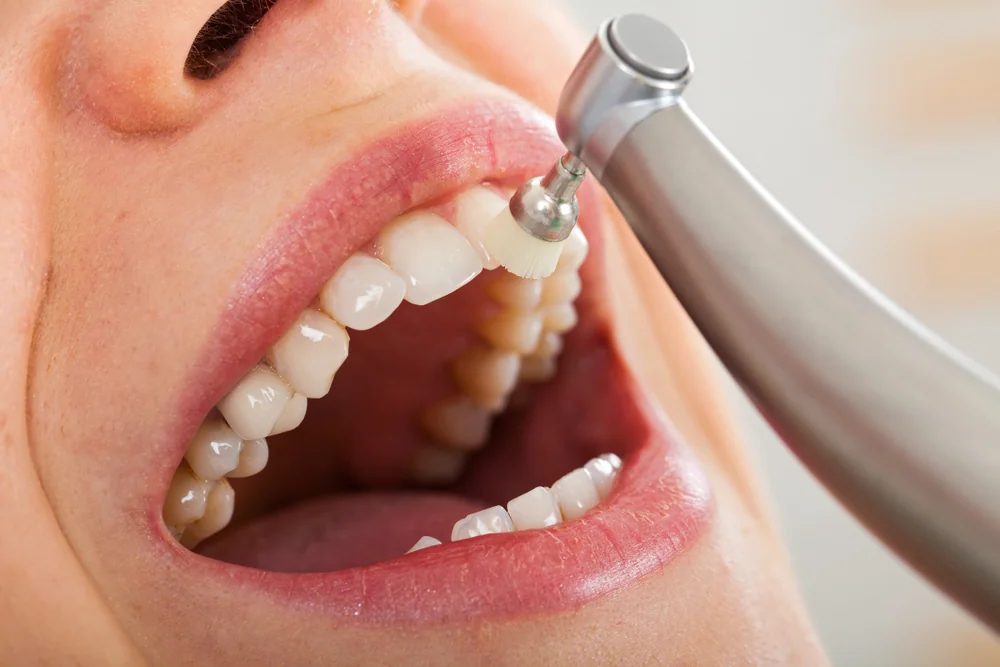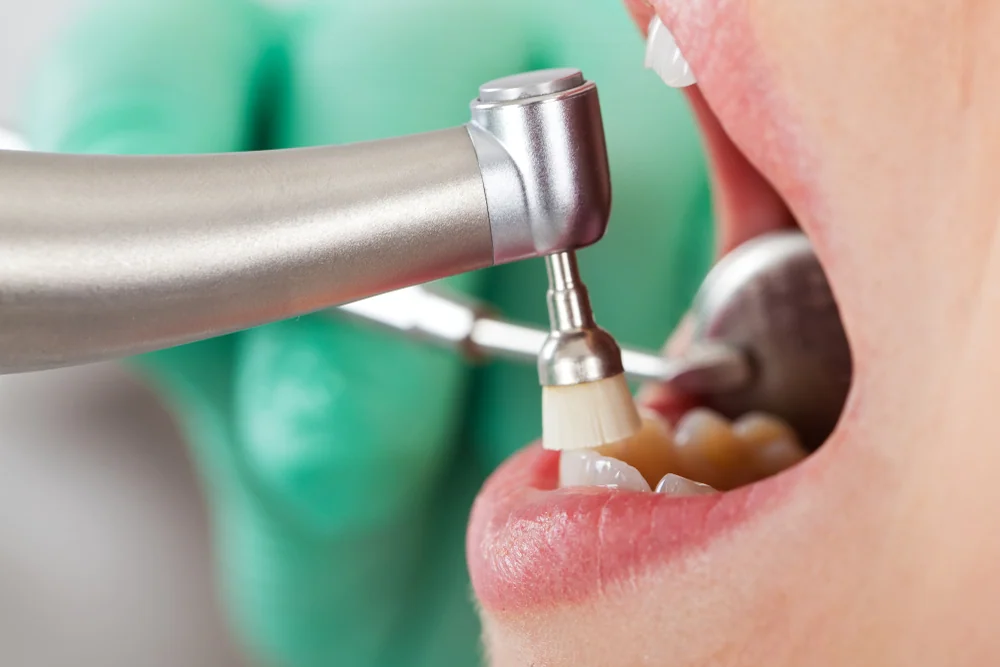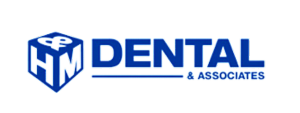- Importance of Dental Extraoral Examination
- Components of the Extraoral Examination
- Techniques and Tools Used in Dental Extraoral Examination
- Common Findings and Abnormalities in the Extraoral Examination
- Dental Extraoral Examination for Specific Dental Conditions
- How to Perform a Thorough Dental Extraoral Examination
- Tips for Improving Dental Extraoral Examination Skills
- Challenges and Limitations of Dental Extraoral Examination
Introduction
In the realm of dentistry, safeguarding patients’ health transcends mere intraoral assessments. While inspecting the mouth is routine, the extraoral examination stands as a pivotal aspect that cannot be underestimated. This Ultimate Guide to Dental Extraoral Examination serves as your comprehensive resource, illuminating the significance of this critical facet of dental care. From uncovering potential oral health issues to evaluating overall patient well-being, the extraoral examination yields invaluable insights empowering dentists to deliver optimal care. Within this guide, we embark on a journey through the myriad aspects of the extraoral examination, unraveling its essential components, techniques, and profound contribution to holistic treatment plans. Whether you’re a dental professional seeking to broaden your expertise or a curious patient eager to demystify dental examinations, this guide endeavors to furnish you with a thorough comprehension of extraoral examination and its paramount role in fostering optimal oral health. Let’s delve into the uncharted territory beyond the mouth!
Importance of Dental Extraoral Examination
The dental extraoral examination holds immense importance in the realm of oral health care. It extends beyond the confines of the oral cavity, encompassing critical assessments of facial structures, lymph nodes, and overall health indicators. By scrutinizing external features, dentists can detect early signs of systemic diseases, ensuring comprehensive patient care. 
Components of the Extraoral Examination
The extraoral examination comprises a multifaceted evaluation of various external structures, including the head, neck, and surrounding tissues. Key components encompass facial symmetry, skin condition, lymph node palpation, temporomandibular joint assessment, and occlusal analysis, among others.
Techniques and Tools Used in Dental Extraoral Examination
Dental professionals employ a diverse array of techniques and tools to conduct thorough extraoral examinations. These may include visual inspection, palpation, percussion, auscultation, and diagnostic imaging modalities such as radiographs and advanced imaging technologies.
Common Findings and Abnormalities in the Extraoral Examination
During extraoral examinations, dentists may encounter a spectrum of findings ranging from normal variations to pathological abnormalities. Common observations include facial asymmetry, skin lesions, lymphadenopathy, temporomandibular joint disorders, and signs of bruxism or occlusal abnormalities. 
Dental Extraoral Examination for Specific Dental Conditions
The extraoral examination plays a pivotal role in diagnosing and managing specific dental conditions such as temporomandibular joint dysfunction, facial trauma, oral cancer, periodontal disease, and orthodontic issues. By discerning external manifestations, dentists can formulate tailored treatment plans for optimal patient outcomes.
How to Perform a Thorough Dental Extraoral Examination
Achieving proficiency in conducting a thorough extraoral examination requires a systematic approach and keen observational skills. Dentists must adhere to standardized protocols, meticulously inspecting each anatomical region while eliciting pertinent patient history to inform clinical decision-making.
Follow us on our website to find more consultations about extraoral examination in Toronto Dentist Downtown.
Tips for Improving Dental Extraoral Examination Skills
To enhance proficiency in extraoral examination, dental professionals can engage in ongoing education, participate in hands-on training workshops, and seek mentorship from experienced practitioners. Additionally, cultivating effective communication skills and fostering a patient-centered approach facilitates comprehensive assessments and fosters trust.
Challenges and Limitations of Dental Extraoral Examination
While invaluable, extraoral examinations present challenges and limitations, including variability in patient presentation, diagnostic ambiguity, and time constraints. Dentists must navigate these hurdles with diligence, employing critical thinking and diagnostic acumen to optimize patient care. 
The Role of Dental Extraoral Examination in Oral Health Care
In conclusion, the dental extraoral examination stands as a cornerstone of comprehensive oral health care, offering invaluable insights into patients’ overall well-being. By integrating this essential component into routine dental assessments, practitioners can detect early signs of pathology, facilitate timely interventions, and ultimately promote optimal oral and systemic health.
FAQs
Q: How often should extraoral examinations be performed? A: Extraoral examinations should be conducted routinely during dental check-ups and as indicated based on individual patient needs and risk factors.
Q: What are some red flags during an extraoral examination? A: Red flags may include facial asymmetry, abnormal skin lesions, palpable lymph nodes, restricted jaw movement, and signs of trauma or inflammation.
Q: Can extraoral examinations detect systemic diseases? A: Yes, extraoral examinations may reveal signs of systemic diseases such as autoimmune disorders, nutritional deficiencies, and certain malignancies, prompting further evaluation and referral to appropriate healthcare providers.
Q: Are diagnostic imaging modalities necessary for every extraoral examination? A: While diagnostic imaging modalities such as radiographs may enhance diagnostic accuracy, their utilization should be based on clinical judgment and individual patient needs, taking into account factors such as risk assessment and suspected pathology.
Q: How can patients benefit from dental extraoral examinations? A: Patients benefit from dental extraoral examinations through early detection of oral and systemic conditions, personalized treatment planning, and proactive management of potential health risks, ultimately promoting overall well-being and longevity.
amir
Stay in the loop


